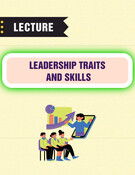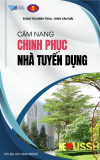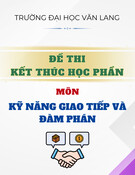
Number - Bingo!
Number - Bingo!
Language
Aims:
To revise numbers (or certain
vocabulary fields, time of day,
vocabulary)
Time: 8 minutes
Preparation: Prepare a 5x5 grid with either
• 25 numbers in each square
• nothing in it (blanc)
Procedure: The teacher calls out a number he/she
draws from a box. If a student has this
number, he/she puts a little scrap on the
number. The teacher goes on until a
student gets five in a diagonal or
horizontal row. Bingo!
Variation: Prepare a 5x5 grid with
• 25 words in each square (for example
25 words of one unit). Make enough
variations of these grids so each
student has one that is slightly
different.
While it may seem time-consuming to make the grids, they
can be used over and over. This game is received very
enthusiastically because often, students are already familiar
with it. It is great as a warmup activity and can have many
variations (past-participle,)
© by Anja Schindler ;-)

Who am I??
Who am I??
Language
Aims:
To practice learned vocabulary. To
construct Yes / No questions and short
Yes / No replies.
Time: 10 minutes
Preparation: Either:
• Cut out pictures or photographs of
famous people from magazines or
newspapers.
Or:
• Write the names of famous people
(mixed nationalities) on small pieces
of paper.
Procedure:
There are two ways to play
this game (depending on
the size of your learner
group)
1. Tape a name on the forehead of each
student. The individual student should
not see his or her paper, but the
others should.
2. Then, like with 20 questions, only yes
or no questions should be asked.
Perhaps start with yourself and ask
"Am I am man?" If the answer is yes, I
can ask again, but if the answer is no,
it's the next person's turn.
3. Play until everyone has guessed who
he or she is!
Variation: 1. Give each student a picture of a
famous person. Tell the students that
they are the person in the picture they
are holding. Tell them not to let
anyone see their picture.

2. Divide the students into pairs.
3. One of the students in each pair tries
to guess who their partner is by
asking Yes / No questions. For
example, Are you a man? Are you an
actor? Are you from Hong Kong?
The partner answers in short Yes / No
answers. (e.g. Yes, I am; No, I'm not.)
4. The student asking the questions
continues asking questions until he /
she correctly guesses who their
partner is. Remind them that they
can only ask Yes / No questions even
if they think they know the answer
(You are Julia Roberts. (wrong) Are
you Julia Roberts? (correct)).
5. When the first student has guessed
the famous person correctly, partners
change roles and repeat Steps 3 and
4.
This can be played with nationalities, countries, household
objects, food, … anything and it's a gas

Simon Says
Simon Says
Language
Aims:
To review vocabulary for parts of the
body. To review motion verbs that are
used with parts of the body. To practice
listening to instructions.
Time: 10-15 minutes
Preparation: none.
Procedure: 1. Move all of the desks to the sides of
the room and have the students stand
near the center of the room, about an
arm's length apart.
2. Tell the students your name is
Simon. You, as Simon, give instructions
to the students. They are to do what you
instruct only when you begin the
instruction with "Simon says..." (e.g.
"Simon says, 'Touch your nose.'"). If you
begin a command differently (e.g. You
only say, "Touch your nose.") then the
students are not to obey your
command. In other words, students
should only respond to your command if
you begin with "Simon says, ..."
3. As Simon you continue giving
instructions to students telling them to
touch, close, raise, etc. different parts of
the body, making sure to mix up proper
commands (e.g. "Simon says, 'Touch
your nose.'") with improper commands

(e.g. "Touch your nose.")
4. A student who responds to an
improper command must leave the
game and sit down.
5. The last student left standing is the
winner.
The degree of difficulty of this game is left entirely up to you,
the teacher. You can give commands slowly or quickly. You
can correctly or incorrectly point to parts of the body, ensuring
students listen carefully to what you say. And finally, if you
wish to be really tricky, you can point to parts of the body on
improper commands.
Some example commands are listed below.
"Simon says, 'Close your eyes.'"
"Simon says, 'Scratch your head.'"
"Simon says, 'Raise your right arm.'"
"Simon says, 'Touch your toes.'"
"Simon says, 'Fold your arms.'"

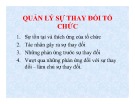
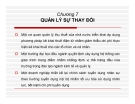

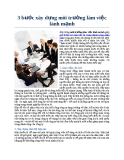




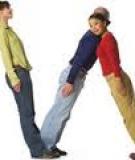





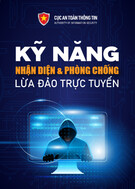
![Ebook kỹ năng phòng, chống ma túy cho học sinh trung học phổ thông [PDF]](https://cdn.tailieu.vn/images/document/thumbnail/2025/20251113/nganga_00/135x160/34671763063784.jpg)
